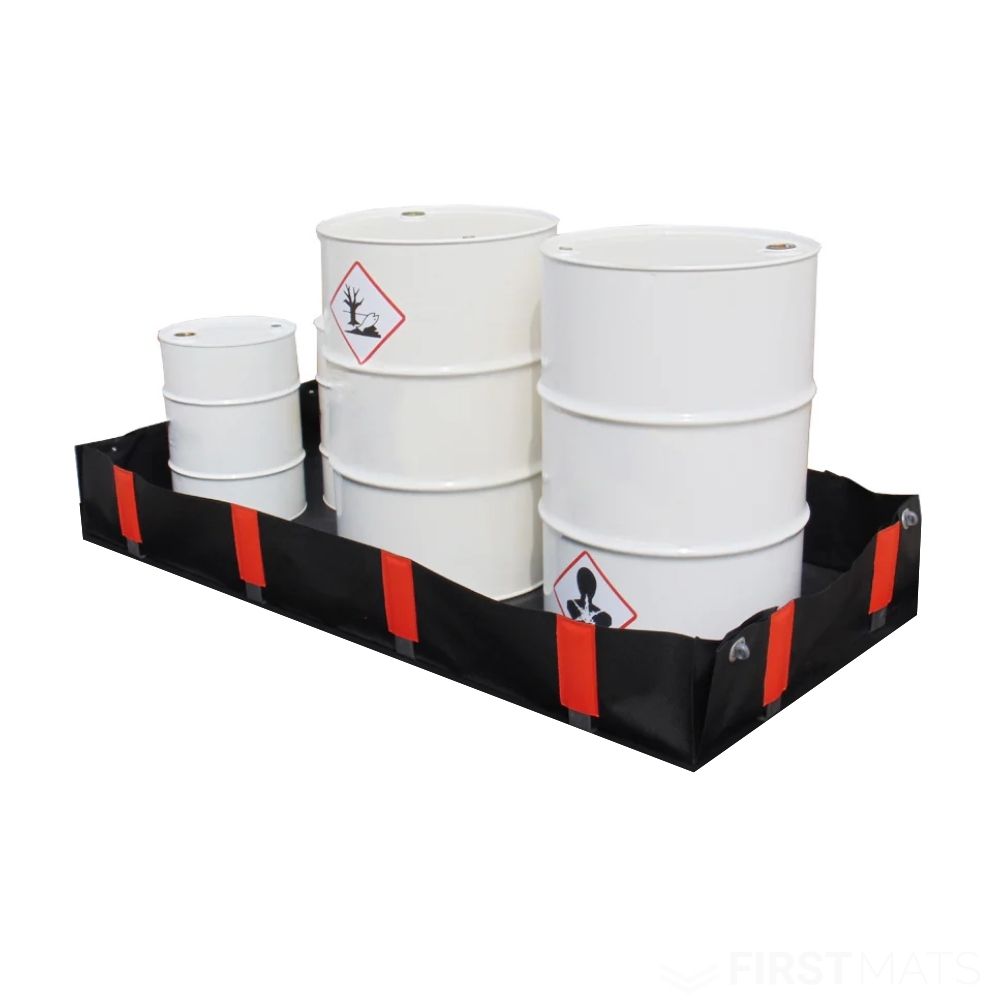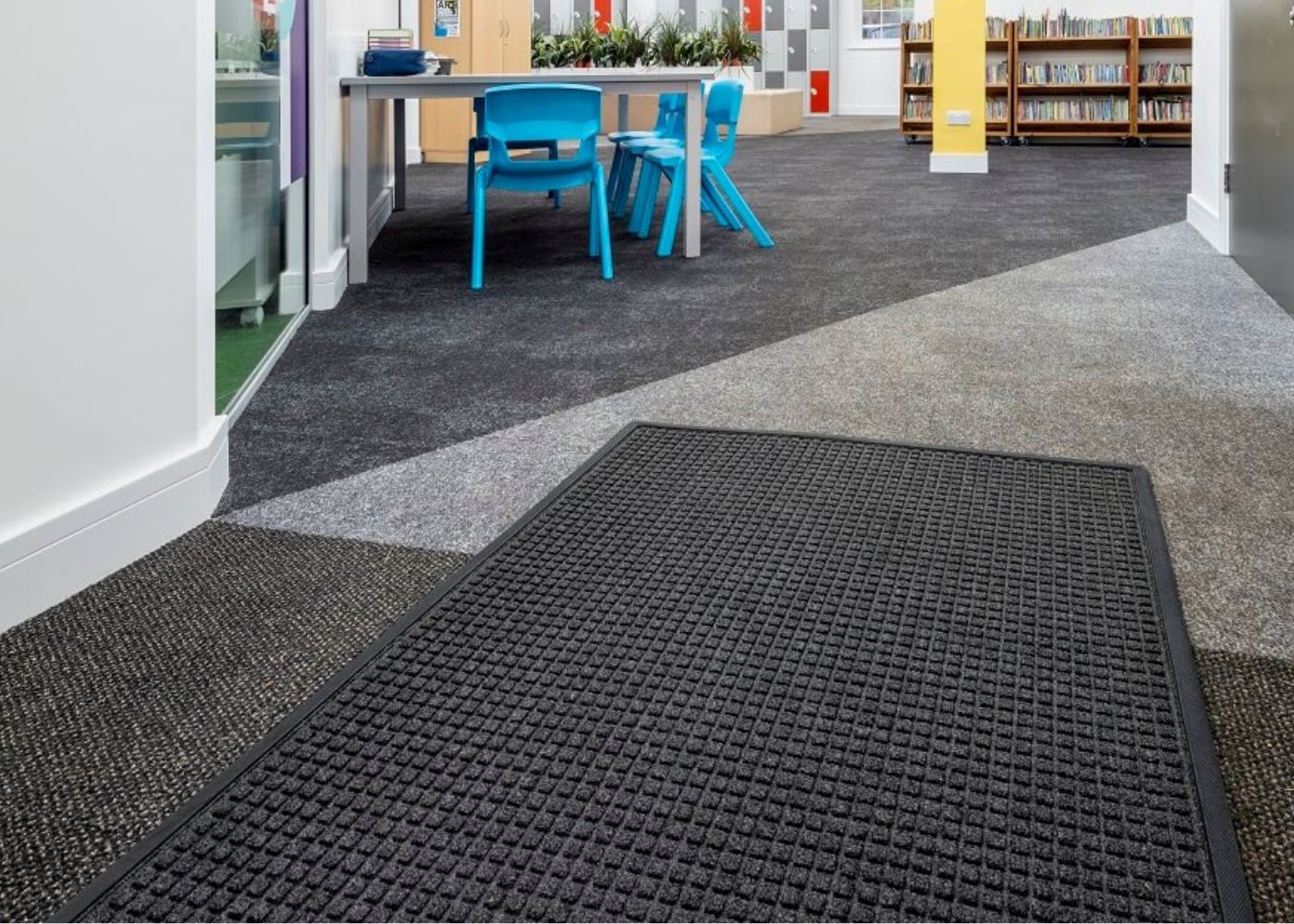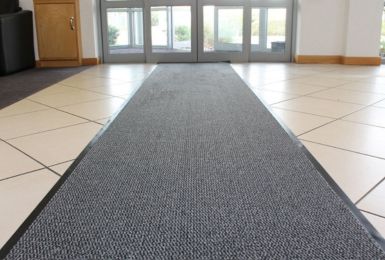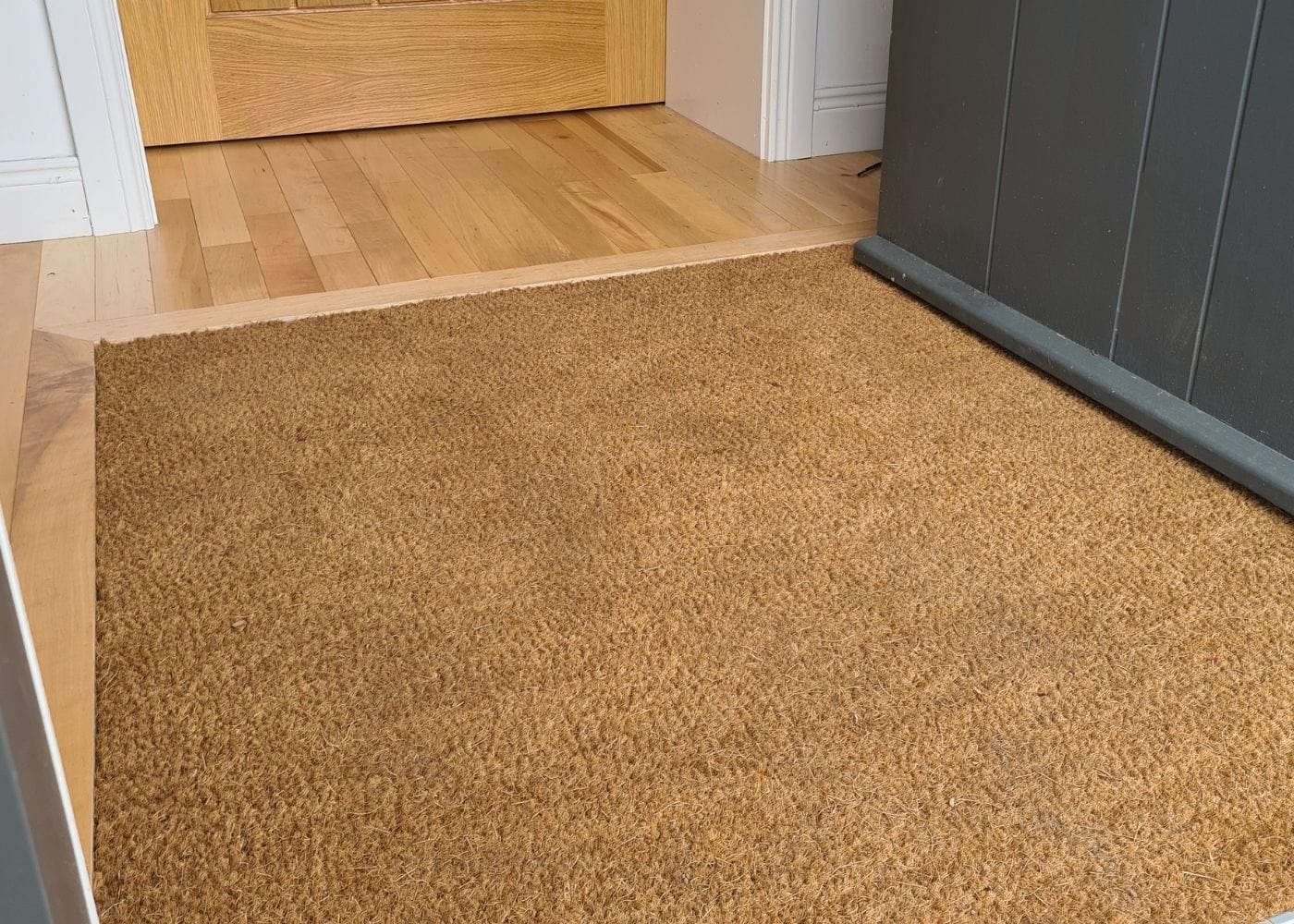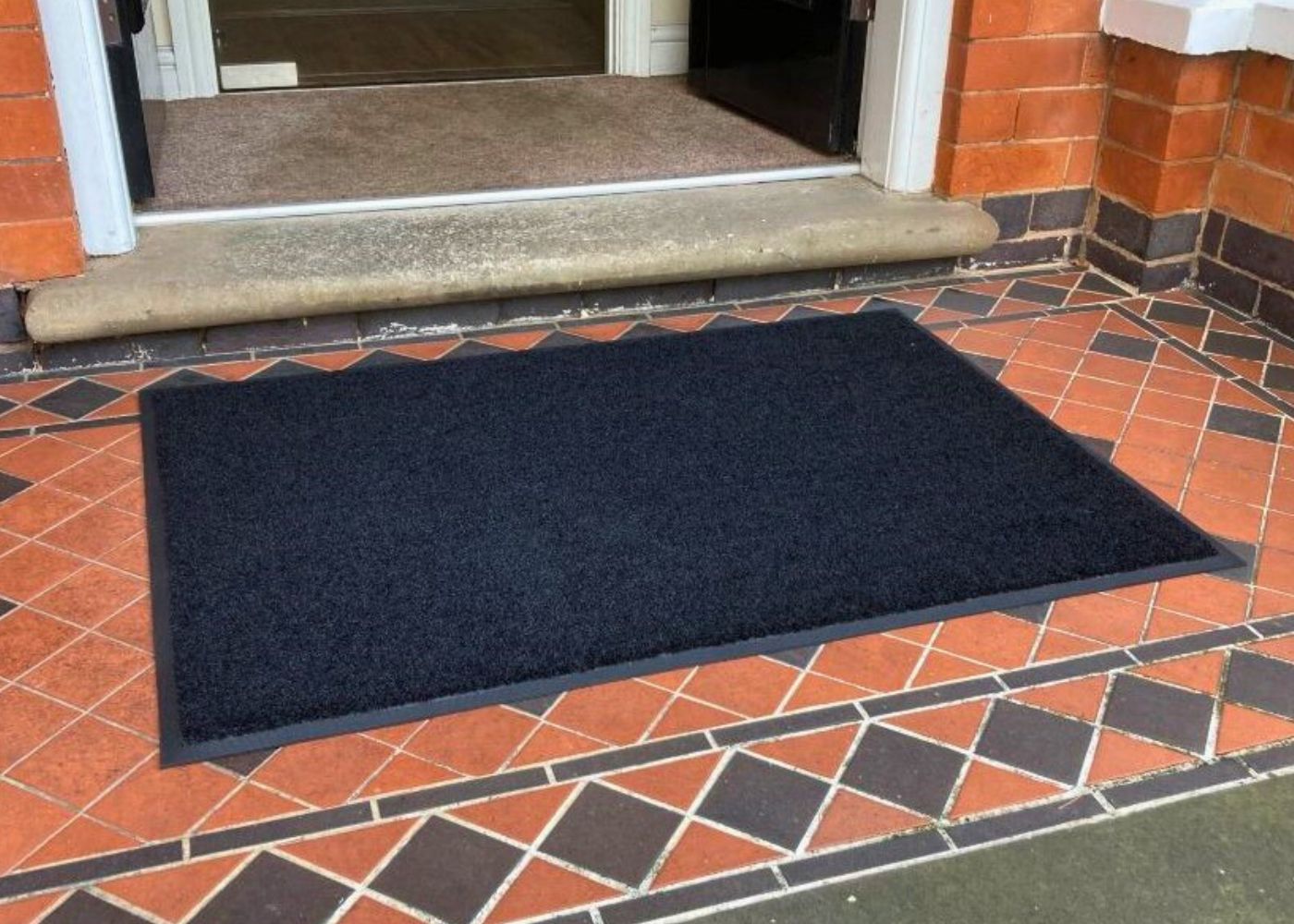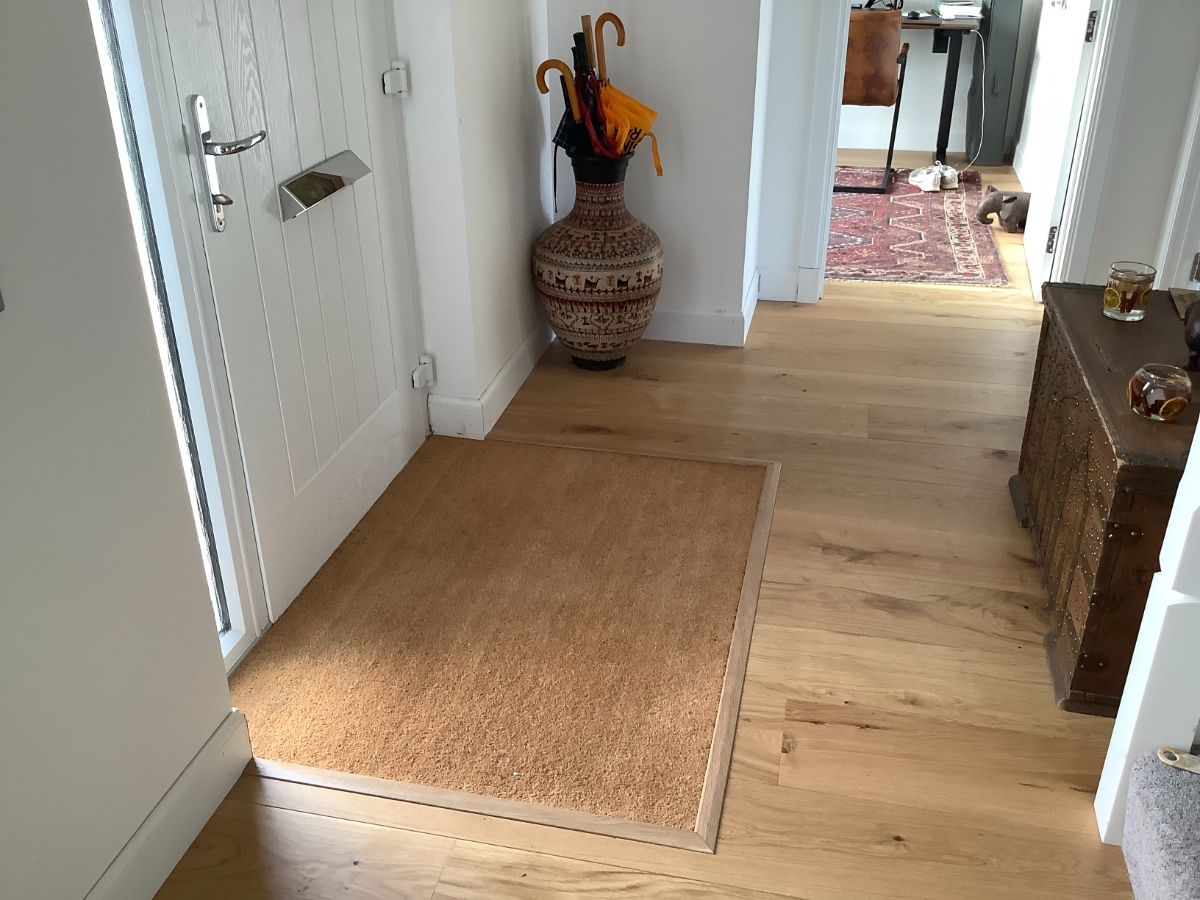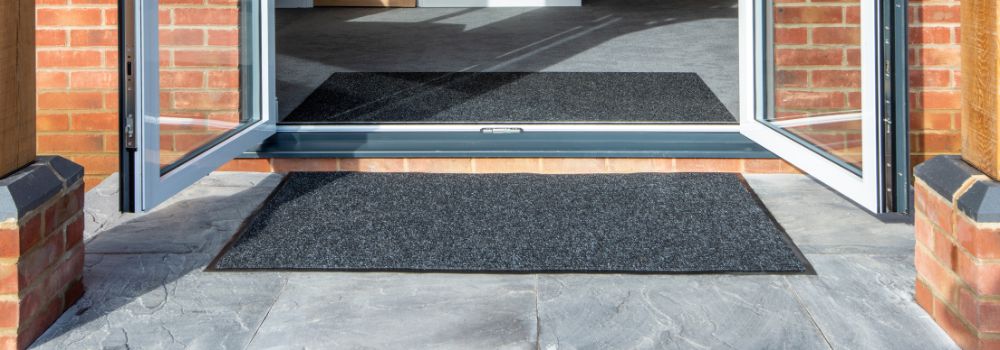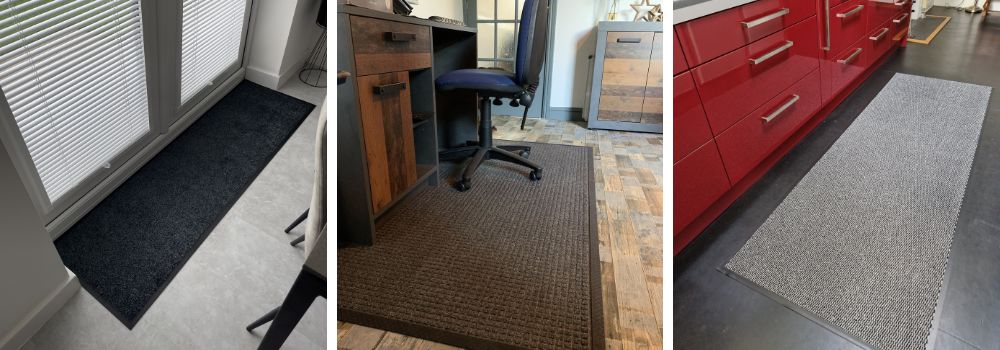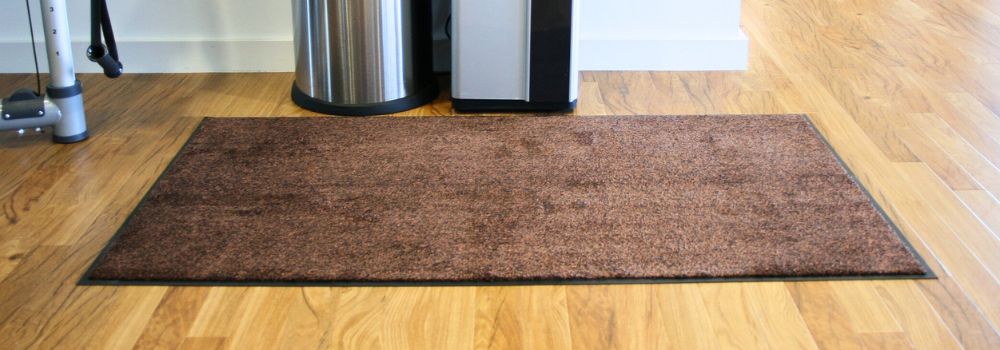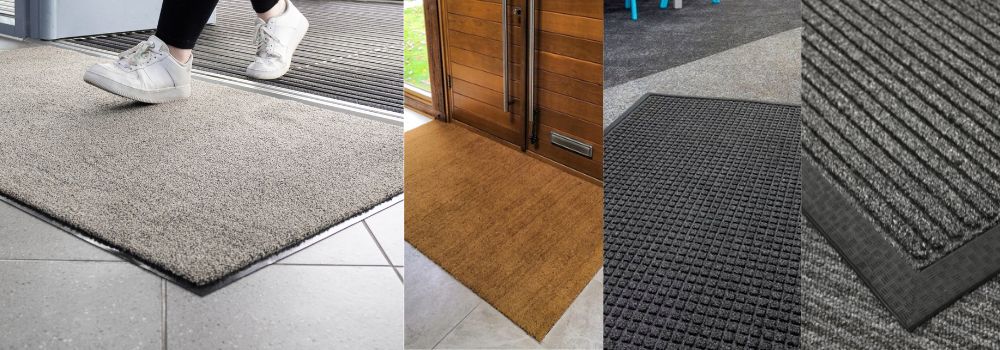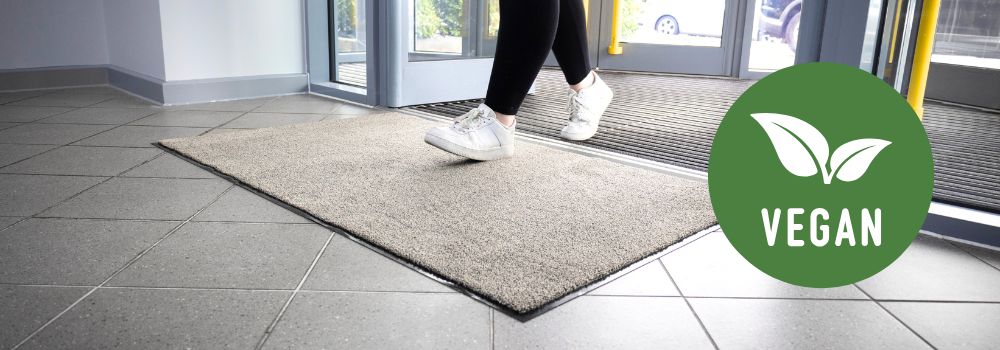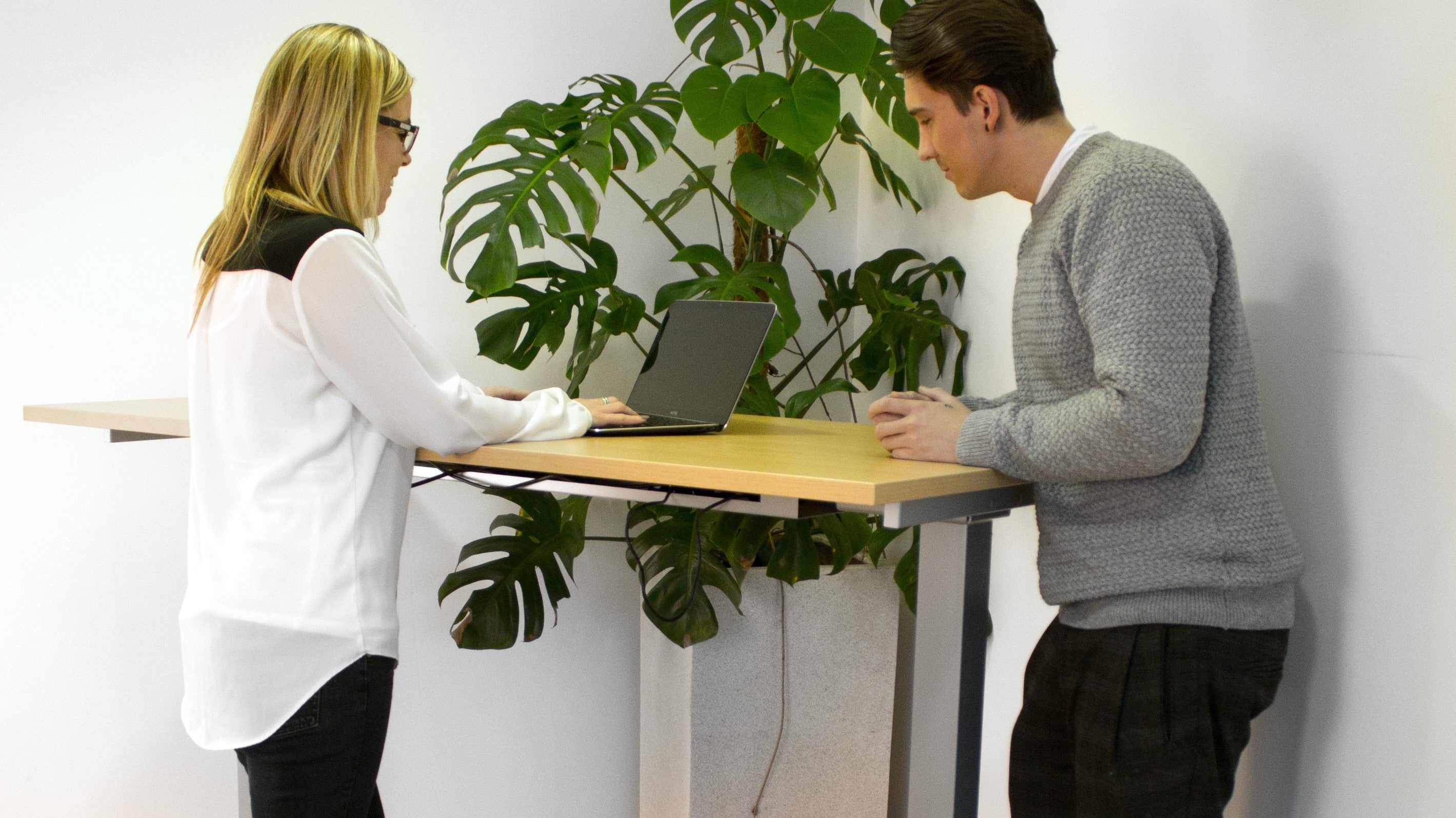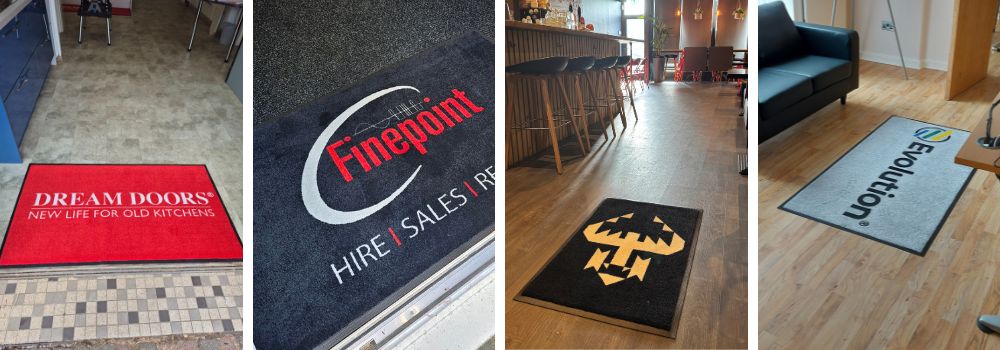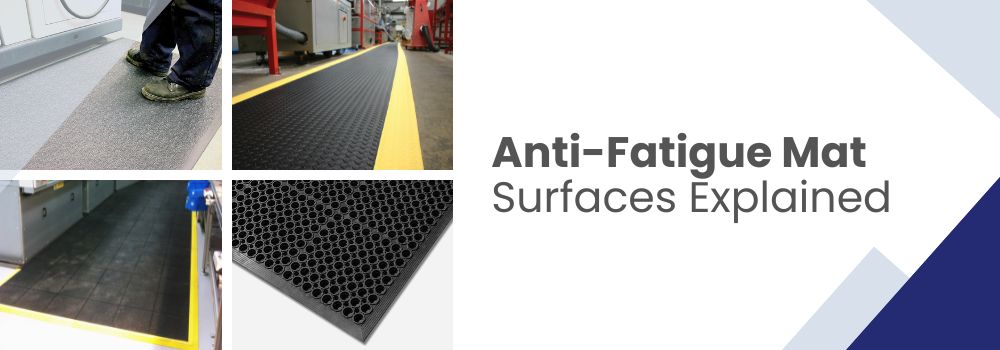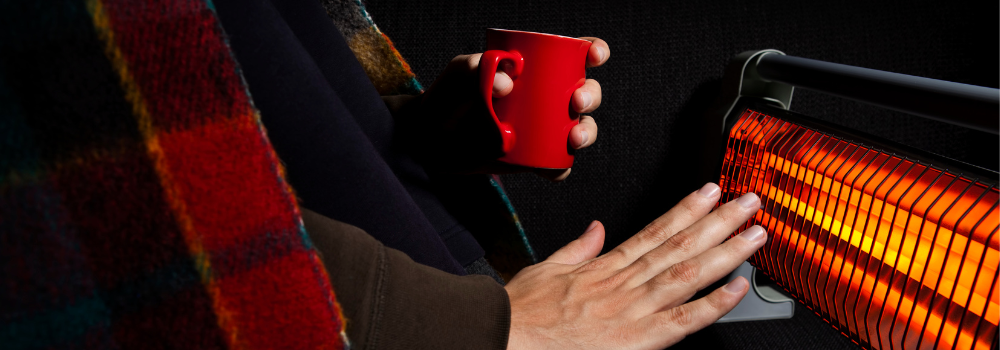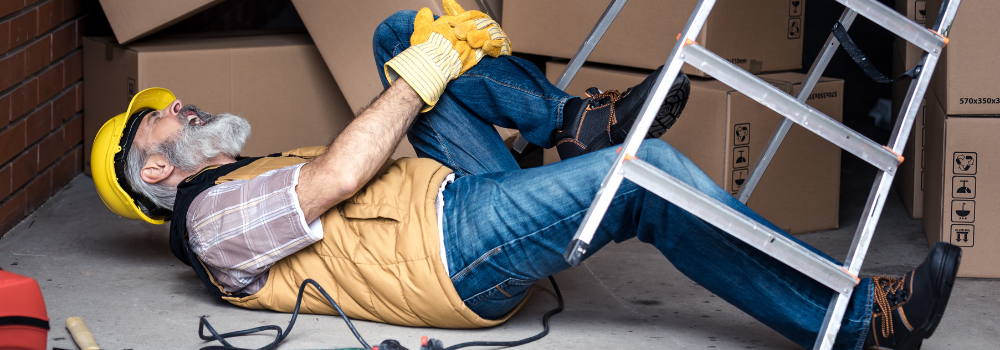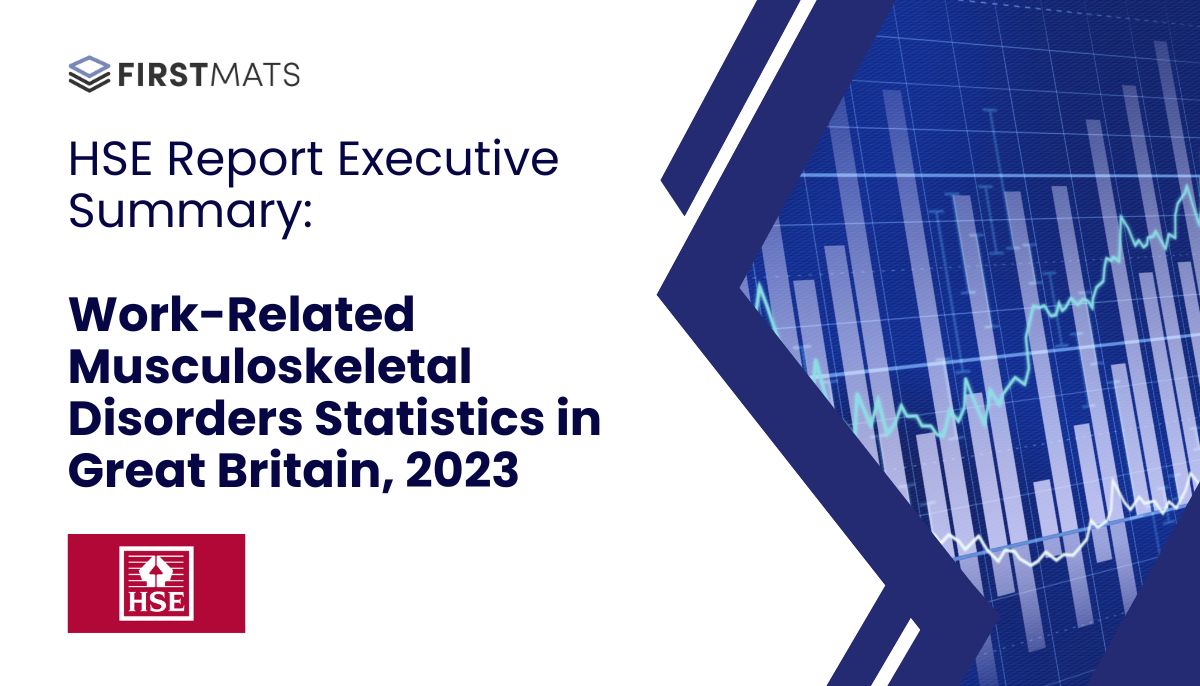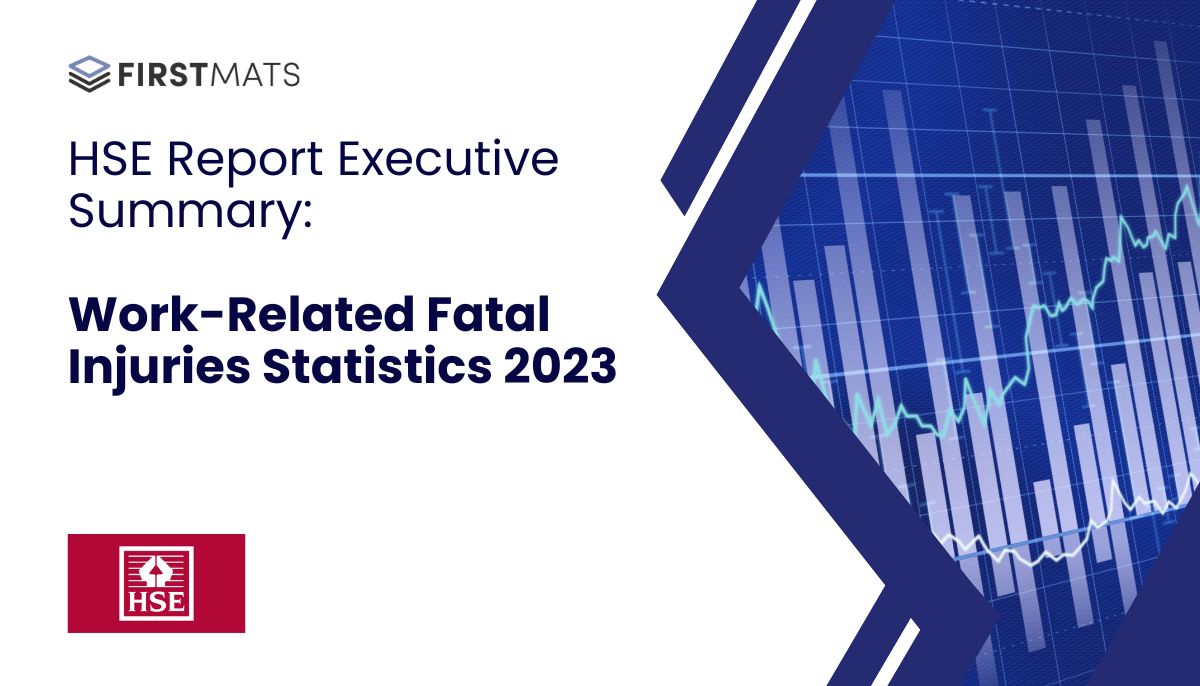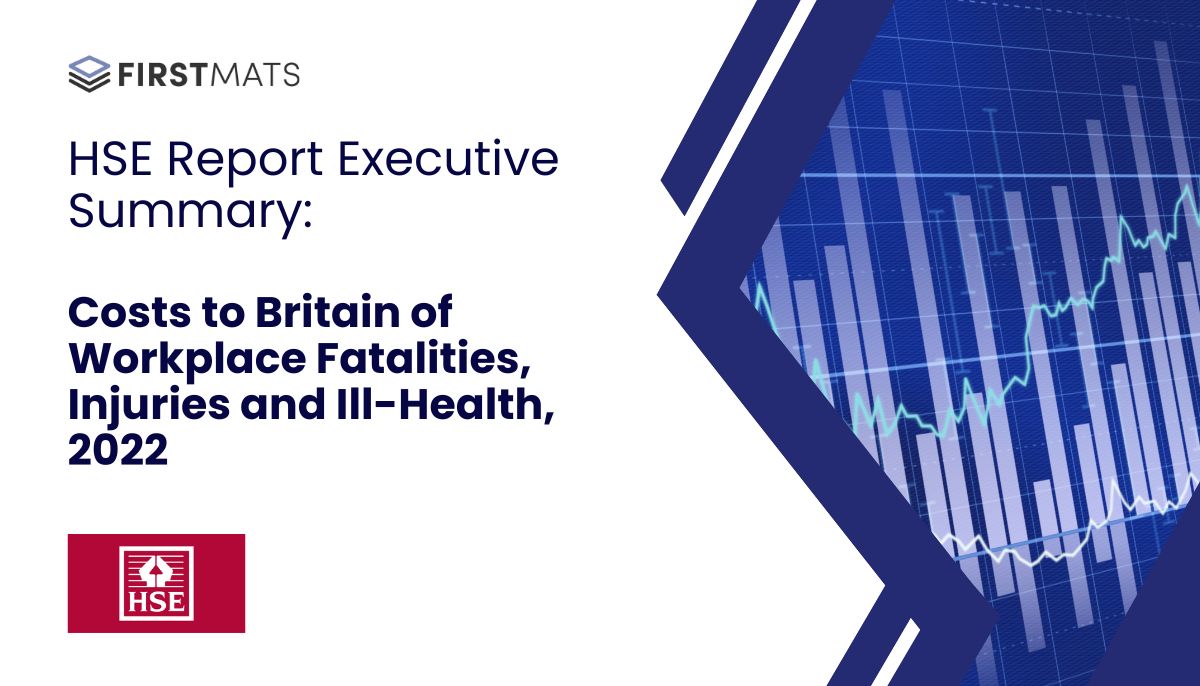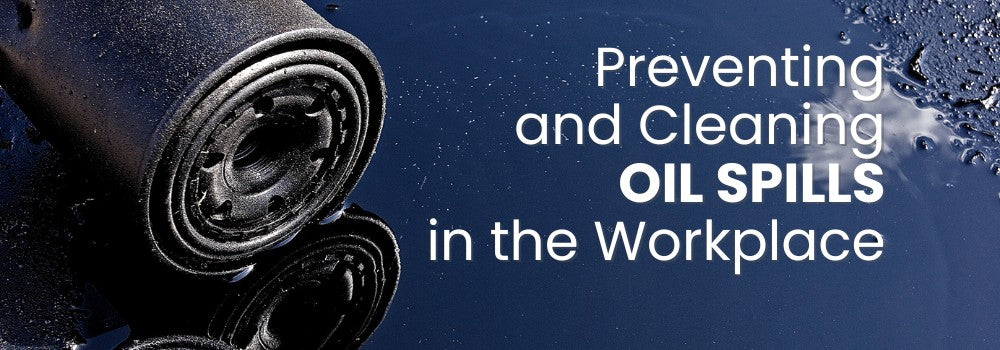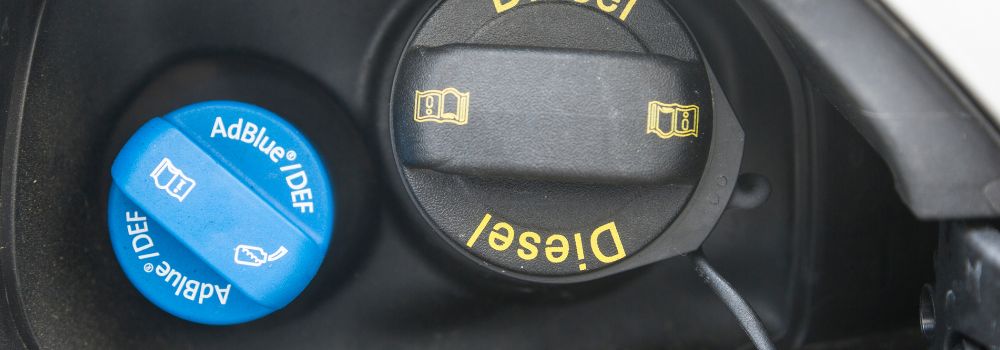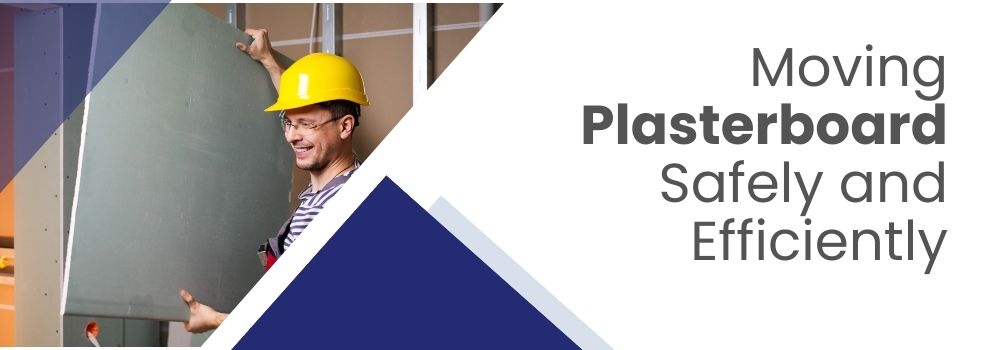The Best Anti-Fatigue Mats by Job Role

by Richard O'Connor
Apr 05, 2022 | *5 minutes to readAnti-fatigue mats are one of the best, most cost-effective ways of improving health and safety at your premises and boosting employee productivity and engagement. There are many different available, so we thought that we would take this opportunity to highlight some of the options for specific job roles.
In the office
Many office workers choose to use a standing or hybrid desk, as there are several health benefits, and the price of these units is becoming much more affordable. Unfortunately for those workers who are standing on harder surfaces – laminates, wood, even the thinner types of carpet found in a lot of professional offices – the standing desk can lead to problems with joints, stiffness, swollen feet and backache.
The solution is an anti-fatigue mat that is designed for office workers, better known as Standing Desk Mats. Choose a high-quality, high-density foam construction that provides just enough cushioning for the user to feel more comfortable without being so soft that it does not provide support.
Behind the counter
In retail settings, the worker will likely do a lot of twisting and leaning. This kind of activity can quickly cause wear and tear to the matting – so you will need something that is designed for this kind of abuse. Look for toughened PVC surfaces that are built for longevity. Otherwise, you may find that you are replacing your mats too frequently for them to be cost-effective.
By Lathes and CNC Machines
Machinists will know all too well about the importance of safety when operating their lathe or CNC. Eye and ear protection are widely recommended, but floor mats can be equally as important.
With metal machining comes swarf, the small bits of metal shaved off a block during a turning or milling process. While safety googles will protect your eyes, they won't protect you against slippery floors. That's where swarf mats come in. These rubber mats feature a pattern of holes that effectively trap the swarf, keeping it contained within the mat area. The rubber surface adds grip to prevent the machine operator from slipping on the floor, while creating a softer surface to stand on, helping fight the effects of fatigue.
On the production line
In production settings, you can choose from a couple of different mats depending on the type of environment – how much traffic the mat will see, whether it is a wet or dry site and the kind of work that is undertaken. For lighter use, a good cost-effective option will focus on the anti-fatigue properties at the expense of being super hard-wearing and durable, as those users will not be making heavy demands on their matting.

For welding stations
At the welding station, of course, flame retardancy is a high priority. Stray sparks, dripped molten metal, and other by-products of the welding process can quickly damage a mat that is not built for purpose, which will mean you need to replace the mat or risk the mat becoming a trip hazard in its own right. Check your mat for the British Standard related to fire resistance – BS EN 13501-1:2002 is the one to look out for.
In the kitchen
Professional kitchen environments need a balance of comfort, anti-slip properties, and resistance to the oils, greases and detergents that will inevitably drip, spill or splatter. You need to look for a mat that is marked as safe for use around oil and grease – typically made from nitrile rubber.
These locations will also usually have the same need as machine shops when it comes to collecting any dropped substances and preventing them from becoming slip hazards or from being trodden around the rest of your site.
In oily environments
Environments such as oil refineries require many of the same features as professional kitchens regarding industrial matting – their mats must be oil-resistant (obviously), anti-slip, hard-wearing and, of course, slightly flexible. At these sites, however, the use case is considerably more heavy-duty. Look for a heavy-duty, oil-resistant matting with excellent anti-slip properties, otherwise, you will be exposing your employees to the likelihood of slip and fall accidents.
In clinical and food production environments
Hospitals, clinics, pharmaceutical sites, food manufacturing facilities – all of these need matting that can be thoroughly cleaned and sanitised. This will require high-temperature tolerances, resistance to damage from detergents and good drainage. Choose a mat with holes for water or other liquids to escape through quickly and a closed-cell construction to ensure that the mat can tolerate a broad range of temperatures.
In premises where chemicals are used
Where chemical spills, splashes or drips are a risk, your anti-fatigue mat must be built to withstand those often caustic substances. There is no need to sacrifice the anti-fatigue benefits, however, as you can find mats on the market that are designed to resist commonly used chemicals, oils, and other products found on the industrial site, while also giving good cushioning and flexibility.
Explore More Topics
Frequently Asked Questions
If you have any questions, we’re here to help
How long does delivery take?
Each product comes with a specified lead time for delivery. We'll keep you informed if there are any delays in meeting this timeline.
Typically, once you’ve finalised your order and approved the proof, it will take 4-5 business days to make and deliver your finished mat.
If my order is damaged, can I return or exchange it?
Got a problem with your order? If something's not right or you're not thrilled with the quality, just let us know within 14 days of getting it. Drop us a line, and we'll tell you what to do next—usually, it starts with you sending us a photo of the issue. Once we check that out, we'll sort you out with a refund or a new item, no fuss.
Can I get my mat delivered more quickly?
Need your item in a hurry? Just Contact us to explore the faster delivery options we might have for you!
If my custom mat is damaged, can I return or exchange it?
Got a problem with your order? If something's not right or you're not thrilled with the quality, just let us know within 14 days of getting it. Drop us a line, and we'll tell you what to do next—usually, it starts with you sending us a photo of the issue. Once we check that out, we'll sort you out with a refund or a new item, no fuss.



























